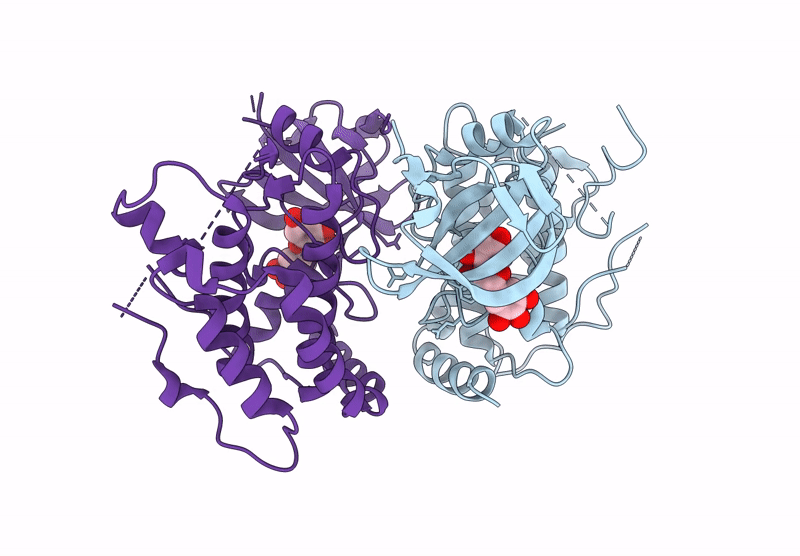
Deposition Date
2025-02-12
Release Date
2025-05-07
Last Version Date
2025-05-21
Entry Detail
PDB ID:
9LVH
Keywords:
Title:
Crystal structure of the mouse RIP3 kinase domain in complexed with Tricetin
Biological Source:
Source Organism:
Mus musculus (Taxon ID: 10090)
Host Organism:
Method Details:
Experimental Method:
Resolution:
2.38 Å
R-Value Free:
0.27
R-Value Work:
0.24
R-Value Observed:
0.25
Space Group:
C 1 2 1


